On this World Environment Day, a look at Mumbai’s largest open spaces
The Sanjay Gandhi National Park has one of the largest leopard populations in the country with a density of 21 leopards per hundred square metres.
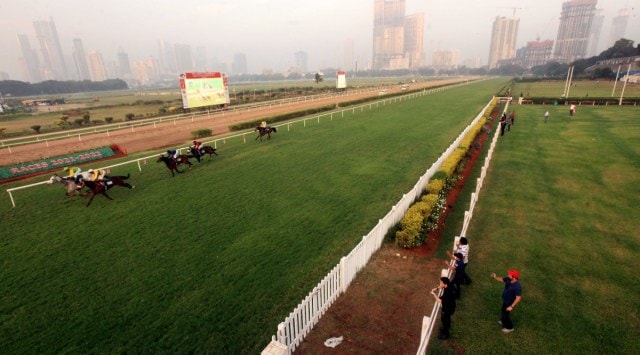 Mahalaxmi Race Course in Mumbai. (Express Photo By Pradip Das)
Mahalaxmi Race Course in Mumbai. (Express Photo By Pradip Das) With rapid concretisation, Mumbai finds itself engaged in a perpetual battle for space. As World Environment Day is celebrated on June 5, The Indian Express takes a look at some of the largest remaining open spaces in the Maharashtra capital.
1. Sanjay Gandhi National Park
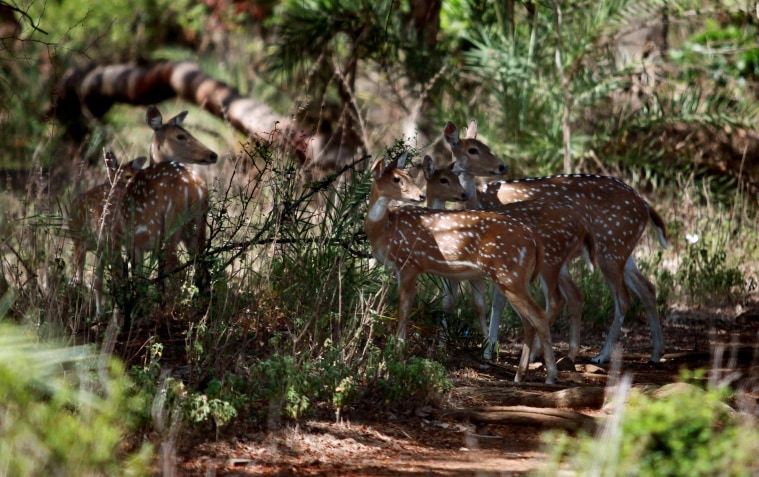 The national park is home to an estimated 1,300 species of flora as well as a plethora of birds, mammals, reptiles and amphibians, with leopards making for the most common sightings for its visitors. (Express Photo by Vasant Prabhu)
The national park is home to an estimated 1,300 species of flora as well as a plethora of birds, mammals, reptiles and amphibians, with leopards making for the most common sightings for its visitors. (Express Photo by Vasant Prabhu)
Sprawled over an area of over 100 sq km, the Sanjay Gandhi National Park, popularly known as the Borivali national park, is one of the favourite destinations for Mumbai’s nature lovers. With its rich history dating back to the 4th century BC, the national park is home to an estimated 1,300 species of flora as well as a plethora of birds, mammals, reptiles and amphibians, with leopards making for the most common sightings for its visitors. It has one of the largest leopard populations in the country with a density of 21 leopards per hundred square metres.
 Replete with several nature trail options, the national park is the perfect place for those seeking respite from the city’s hustle and bustle. (Express Photo by Amit Chakravarty)
Replete with several nature trail options, the national park is the perfect place for those seeking respite from the city’s hustle and bustle. (Express Photo by Amit Chakravarty)
Quietly tucked into the heart of the national park is the Kanheri cave, which served as an important Buddhist learning centre and pilgrimage between the 9th and 1st centuries BC. Replete with several nature trail options, the national park is the perfect place for those seeking respite from the city’s hustle and bustle.
2. Veermata Jijabai Bhosale Udyan And Zoo (Byculla zoo)
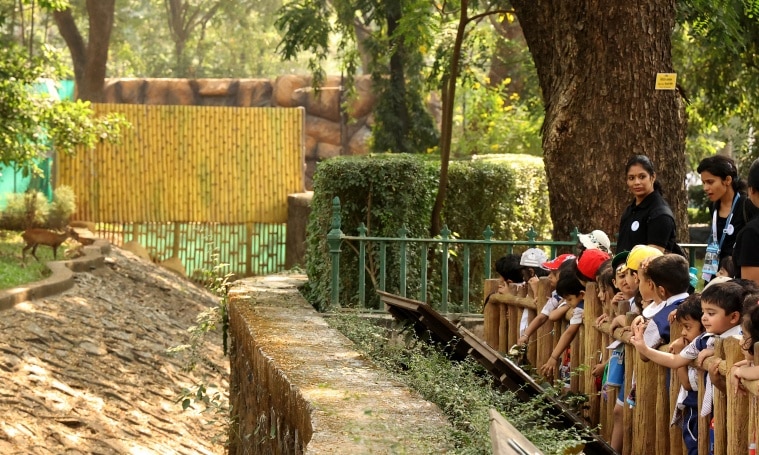 Located in Byculla, the zoo is a Grade II-B heritage structure, accounting for 80 per cent of Mumbai’s flora.
Located in Byculla, the zoo is a Grade II-B heritage structure, accounting for 80 per cent of Mumbai’s flora.(Express Photo by Amit Chakravarty)
Yawning big cats, monkeys slurping on ice popsicles, elephants bathing themselves and chirpy birds—these are some of the delights that await visitors at the Veermata Jijabai Bhosale Udyan And Zoo (Byculla zoo). Located in Byculla, the zoo is a Grade II-B heritage structure, accounting for 80 per cent of Mumbai’s flora. What developed in 1835, and later in 1861, as a garden has today transformed into a zoo and an open space spread across an area of over 50 acres.
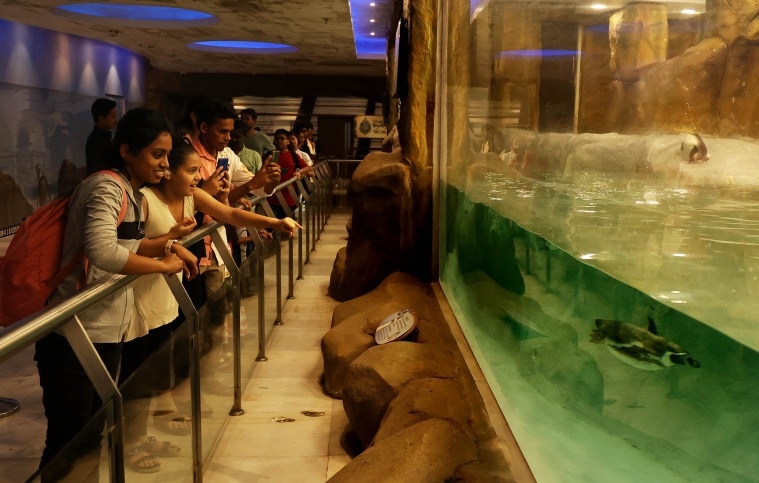 Byculla zoo also provides a safe haven to 76 mammals, 25 reptiles and 228 birds. (Express Photo by Amit Chakravarty)
Byculla zoo also provides a safe haven to 76 mammals, 25 reptiles and 228 birds. (Express Photo by Amit Chakravarty)
Besides being one of the largest open spaces in the city, with 4,131 trees of 256 species, the Byculla zoo also provides a safe haven to 76 mammals, 25 reptiles and 228 birds. The Bhau Daji Lad Museum as well as Gloria Church are also situated on its premises.
3. Mahalaxmi Race Course
 Mahalaxmi Race Course is home to a 2,400m-long, oval-shaped race course and hosts horse racing during the season. (Express Photo By Pradip Das)
Mahalaxmi Race Course is home to a 2,400m-long, oval-shaped race course and hosts horse racing during the season. (Express Photo By Pradip Das)
Developed in 1883 over a marshy land known as Mahalaxmi Flats, the Mahalaxmi Race Course is home to a 2,400m-long, oval-shaped race course and hosts horse racing during the season. The compound of the race course is extended over an open area of 225 acres offering Mumbaikars an option to jog, walk as well as practise yoga in the mornings and evenings in the heart of the city.
While the race course is open to the public throughout the year, it is between mid-November and February that racing action unfolds. During monsoons, the ground fills up with water and becomes a welcome spot for flocks of birds.
4. Malabar Hill
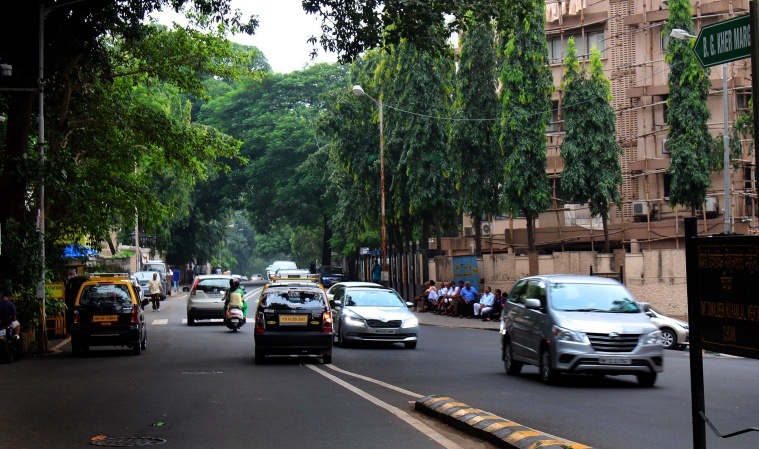 Replete with gardens like the Kamala Nehru Park and Priyadarshini Park as well as the touristy hanging gardens, the Malabar Hill area is perfect for those craving a green breathing space. (Express photo by Ganesh Tendulkar)
Replete with gardens like the Kamala Nehru Park and Priyadarshini Park as well as the touristy hanging gardens, the Malabar Hill area is perfect for those craving a green breathing space. (Express photo by Ganesh Tendulkar)
In the past, Malabar Hill was one of the largest open spaces in the city. While rapid concretisation has diminished open spaces over the years, Malabar Hill remains one of the precincts still home to huge species of flora. Replete with gardens like the Kamala Nehru Park and Priyadarshini Park as well as the touristy hanging gardens, the Malabar Hill area is perfect for those craving a green breathing space.







